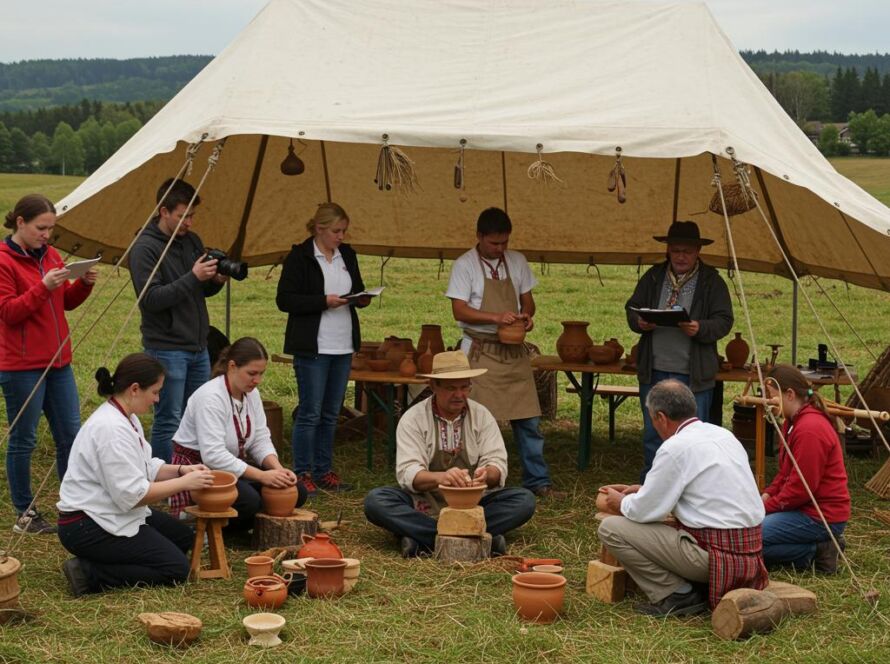Boost Productivity: Best Meeting Agenda Templates
Meeting Agenda Templates: Your Guide to Productive Meetings
Meetings are a vital part of any organization, but they can often be unproductive and time-consuming. A well-defined agenda is the key to unlocking a meeting’s true potential. This post explores the importance of meeting agendas and provides you with practical templates and tips to make your meetings more effective.
Why Use a Meeting Agenda Template?
A meeting agenda template acts as a roadmap, ensuring everyone is on the same page and working towards a common goal. It helps to:
- Define the purpose: Clearly state the meeting’s objective and desired outcomes.
- Structure the discussion: Organize topics logically to maximize time efficiency.
- Encourage preparation: Participants can come prepared, contributing meaningfully.
- Track progress: Monitor the discussion and ensure all key points are addressed.
- Provide a record: Document decisions and action items for future reference.
Types of Meeting Agenda Templates
Different meetings require different agendas. Here are some common types:
1. Team Meeting Agenda
Focuses on regular team updates, project progress, and problem-solving. Key elements include:
- Review of previous meeting minutes
- Project updates and roadblocks
- Team brainstorming and discussion
- Action items and assignments
2. Project Kick-Off Meeting Agenda
Used to launch a new project, clarify roles, and establish expectations. Key elements include:
- Project overview and objectives
- Team introductions and roles
- Timeline and milestones
- Communication plan and reporting structure
3. Problem-Solving Meeting Agenda
Designed to address specific issues and develop solutions. Key elements include:
- Problem definition and impact
- Brainstorming potential solutions
- Evaluation of solutions and selection
- Action plan and next steps
Creating an Effective Meeting Agenda
Follow these steps to create an agenda that drives results:
- Define the objective: What do you want to achieve by the end of the meeting?
- List the topics: Prioritize the most important items and allocate time for each.
- Include necessary information: Add relevant documents, data, or pre-reading materials.
- Share the agenda in advance: Give participants enough time to prepare and contribute effectively.
- Be flexible: Be prepared to adjust the agenda if needed during the meeting.
Best Practices for Using Meeting Agendas
Maximize the effectiveness of your agendas with these tips:
- Keep it concise: Focus on essential items and avoid unnecessary detail.
- Use action-oriented language: Frame topics as questions or tasks to drive discussion and decisions.
- Assign time limits: Allocate specific time slots for each topic to maintain focus.
- Encourage participation: Create an environment where everyone feels comfortable contributing.
- Follow up after the meeting: Distribute meeting minutes and track action items.
Conclusion
Meeting agenda templates are powerful tools that can transform your meetings from time-wasters into productive sessions. By implementing the strategies and templates outlined in this post, you can ensure that your meetings are focused, efficient, and achieve their intended outcomes. Start using meeting agendas today and experience the difference!



